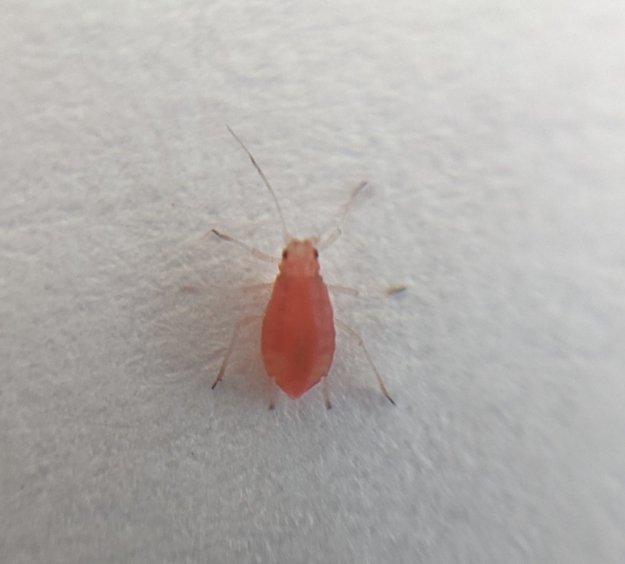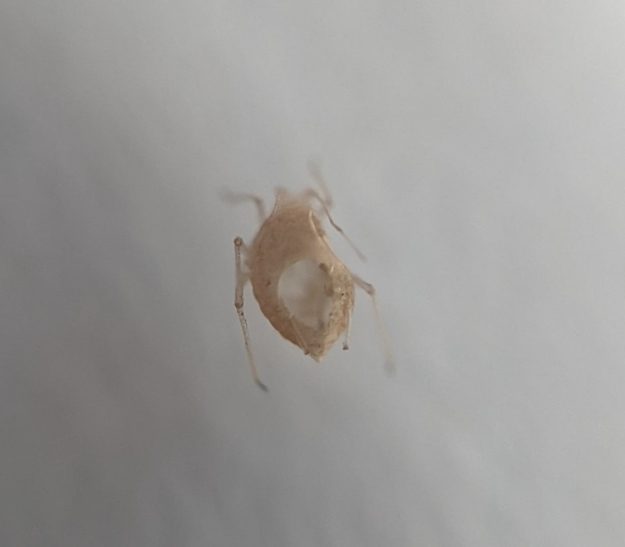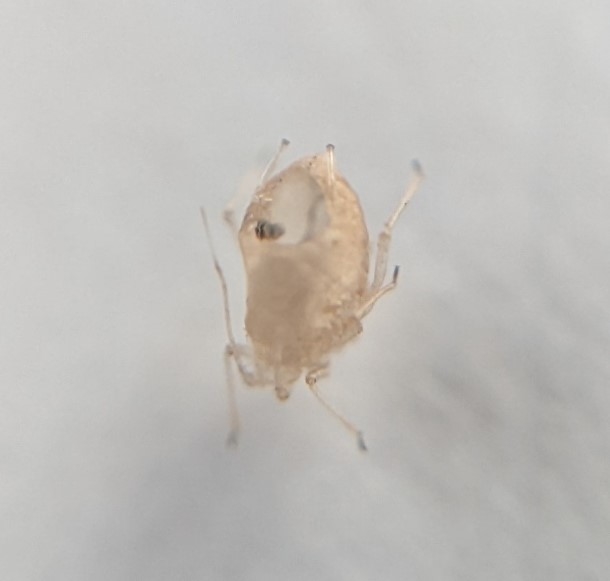Aphid Life Cycle:
The potato peach aphid appears was first spotted on the Thai Chili plant. The population spreads slowly onto neighboring plants. From spring onwards, Aphids reproduce asexually. They are born as pregnant females and clone themselves. They bear up to female 6 offspring within a few days. If the population becomes denser, winged females are produced, which fly to another host plant to start a new population. In winter a sexual reproduction cycle starts. The offspring goes into winter hibernation on a new hostplant.
Aphids are more likely to appear on high with nitrogen fertilized plants. You'll notice an aphid population from white shedded skin on the leaves. Leaves will also curl up. Aphids excrete honeydew, a sticky substance Ants like to farm upon. The honeydew is becoming black, because of growing mold.
Control Aphids:
Monitor population using yellow sticky traps. With those winged aphids can be caught.
Use a hose with a high pressure. Check if you're successful. Not all will be caught, but the population is better controlled.
Beneficial Insects
Over the course of monitoring the population I observed that empty aphid hulls appeared. This is the work of a parasitic wasp. The wasp stings the aphid and lays an egg inside the aphids body. The wasp pupates inside off the pest. After feeding on its intestines, the adult wasp carves a hole into the Aphids abdomen, through which it escapes and parasitizes the next aphid.


